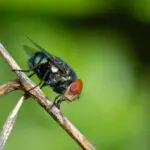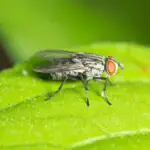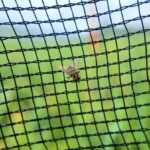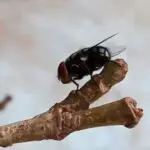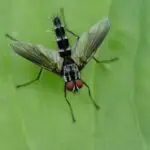Why Are Flies Attracted to Light?
Flies have a biological affinity for light, and scientists have studied the physics and biological attraction of light to flies in an effort to understand the phenomenon. The results show that a flickering light attracts flies more strongly than a steady, unchanging light. The spectral makeup of light may be one of the reasons for this attraction.
Light is also an important navigational tool for insects. When flying, they use a natural light source to judge direction. The natural light source should be steady and at a distance to make the insects feel safe. However, a bright light bulb is a constant source of light that confuses insects. This is one of the reasons why some insects, such as moths, continuously circle light sources.
While flies use light as their guide, they also use it as a cue to travel in straight lines. It helps them maintain a constant position in space. If the light source isn’t there, flies will have to make a wicked right turn.
Understanding this attraction may help us create more effective fly killers. The scientific community has conducted extensive research to help the food industry avoid outbreaks of fly-borne diseases. By learning more about how insects perceive light, we will be able to make our food safer.

